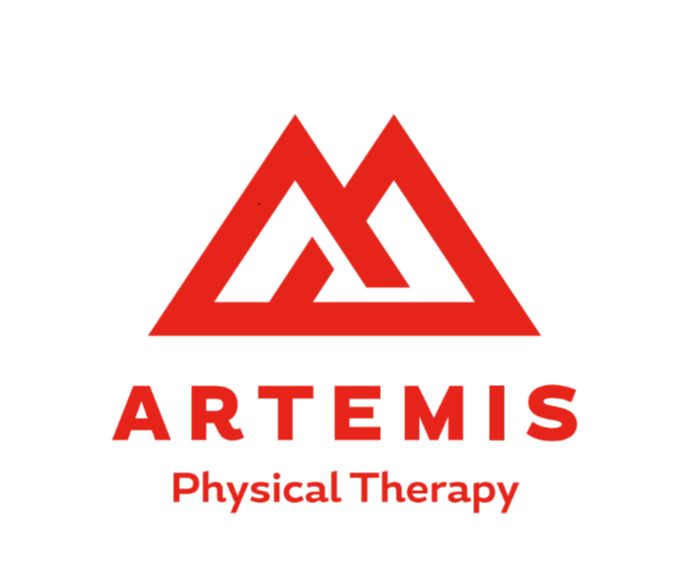Breathing and Its Link to Chronic Neck & Back Pain
have seen two patients this week who have shoulder and neck pain, as well as low back pain. Traditional physicians and physical therapist may treat these two complaints separately given their obvious distance apart. However, there is one large mechanical component, that, when dysfunctional can lead to both. Can you guess what it is? Breathing.
Let me break this down:
In regards to the shoulder and the neck: If you are not breathing properly, eg: using your diaphragm to create a circumferential or umbrella like expansion of the lower rib cage when you inhale, you use compensatory muscles. You have to, you have to breathe. Most people adopt chest breathing to make up for their inability to use their diaphragm. They do this by using the muscles of the neck and shoulder complex to lift the rib cage up. SO, let’s do the math. You breathe 4-6x/min. That’s 240- 360 x/hr. That’s 5,760- 8,640/day! You are using muscles that aren’t supposed to do what you’re asking. Clearly they’re over utilized and are going to fatigue. This may be contributing to your chronic neck and shoulder pain.
In regards to your low back: Using your diaphragm properly does two things. One, the diaphragm has attachments all the way down to the third lumbar vertebra, so it actually acts as a physical stabilizer. Two, a proper diaphragmatic breath enables optimal intra-abdominal pressure. This pressure is also important in creating a dynamic stable core. Which we know can help reduce low back pain. Check out this quick video on the mechanics of breathing and the diaphragm.
In conclusion, if you have shoulder neck and low back pain, consider addressing the mechanical aspect that connects them all. Don’t know how? Reach out, and I can help you find someone who can.

